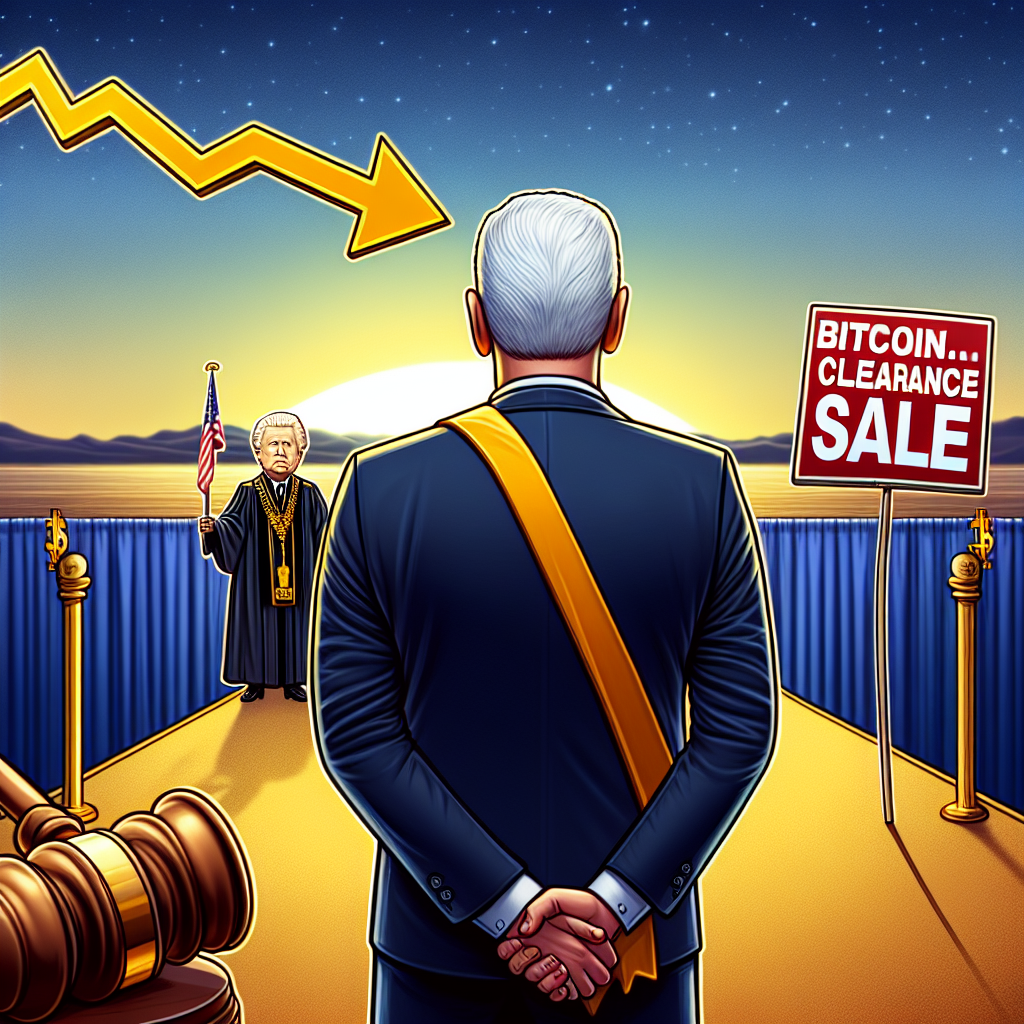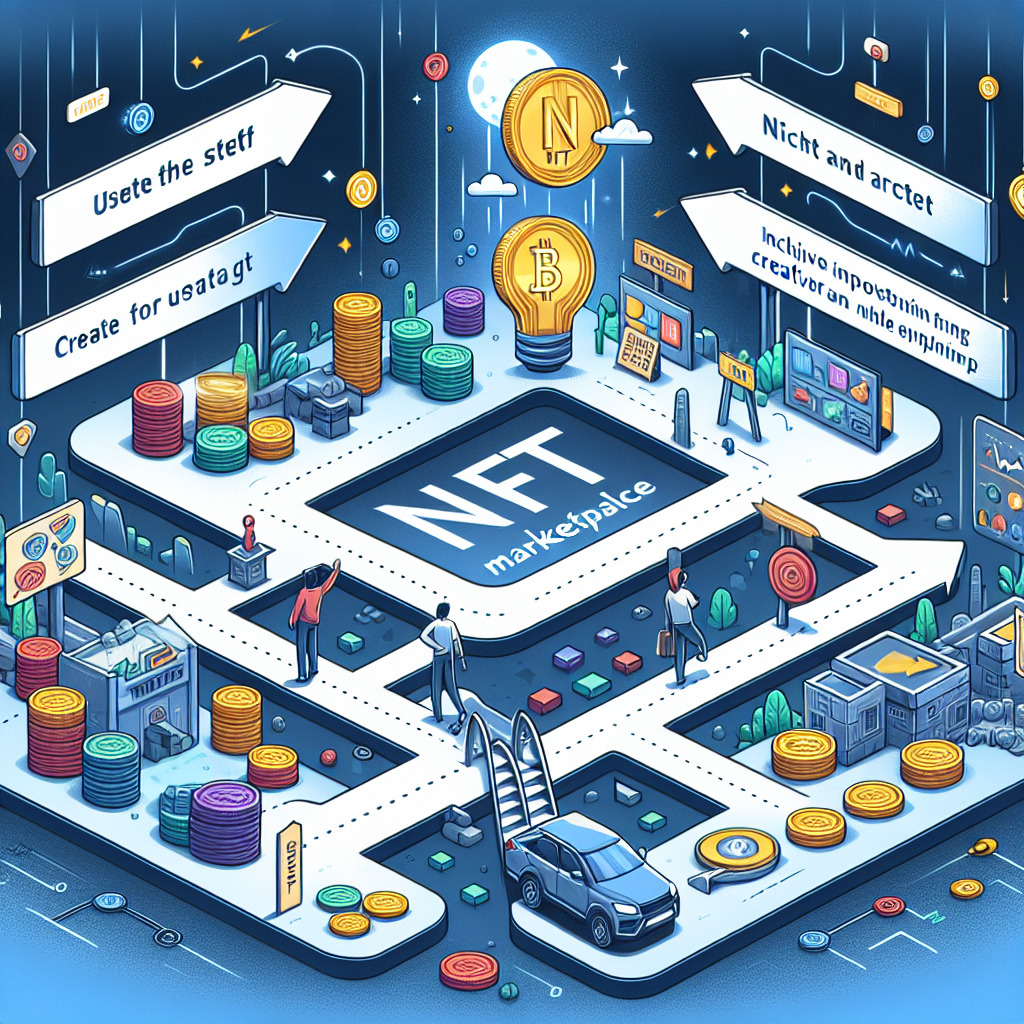Bitcoin is crashing—and the crypto market is in collective panic mode once again. But why could this moment actually represent a rare opportunity for long-term BTC investors? And why might a Bitcoin dip be less of a catastrophe and more like a clearance sale on the blockchain?
Hopes among Bitcoin enthusiasts ran high when Donald Trump was sworn in as the 47th President of the United States on January 20, 2025—complete with trademark poses, a golden tie, and the return of tweet-fueled diplomacy. On the very same day, Bitcoin hit a new all-time high of $109,000, sending chart analysts into a frenzy and giving crypto millionaires reason to update their yacht apps.
But instead of the expected “Trump Rally,” we got the “Trump Reality”: trade wars, geopolitical tensions, and digital chaos. Fast forward to April 7, 2025, and Bitcoin is trading at $77,200—a correction of nearly 29% in under three months. Ouch.
For those new to crypto, this might feel like a disaster. But seasoned HODLers know: such corrections are part of Bitcoin’s DNA. Consider this blast from the past—on May 9, 2021, BTC was at $58,800. Three weeks later? It had dropped to $34,800, a 41% plunge. And yet by November that same year, Bitcoin had surged to a new high near $70,000. Investors who bought the dip back then are still sitting on gains of over 120%, even after recent pullbacks.
This time is no different—and perhaps even more promising. There’s no regulatory crackdown, no Elon Musk tweetstorm, no fundamental issue with the Bitcoin network. The recent decline is largely driven by macroeconomic uncertainties—especially the ongoing US-China trade war. But that’s exactly where Bitcoin might shine.
Bitcoin: A Trade War Survivor
While traditional companies are scrambling to restructure disrupted supply chains (think: corporate-level Tetris on hard mode), Bitcoin keeps ticking along: “Tick-tock, next block.”
Alexander Höptner, CEO of AllUnity, summed it up:
“Bitcoin exists outside of traditional systems, which positions it perfectly to benefit as trust in fiat currencies declines.”
And that trust is indeed eroding. Inflation remains stubbornly high across the West, central banks are indecisive with interest rates, and while gold still shines, it doesn’t halve its supply every four years.
Dr. Jonas Gross from the Digital Euro Association agrees:
“Bitcoin has all the properties to become a kind of digital gold. We should already see it acting as a crisis hedge—but we’re not quite there yet.”
The more people understand and adopt Bitcoin, the more it’s expected to decouple from risk-on assets like tech stocks. And if Trump’s trade war tips the U.S. into a recession, it could prompt the Federal Reserve to slash interest rates—creating the perfect environment for another Bitcoin bull run.
The Halving is Coming
And let’s not forget: the next Bitcoin Halving is just around the corner—expected on April 23, 2025. This event, which cuts miner rewards in half, has historically preceded massive bull markets. So, for investors who enjoy going against the crowd (read: buying when others are panicking), now might be the perfect time to act.
As Warren Buffett—who may not be a Bitcoin fan, but still makes a solid point—once said:
“Be fearful when others are greedy, and greedy when others are fearful.”
Or, in crypto speak: “Buy the dip, stack sats, stay humble.”




